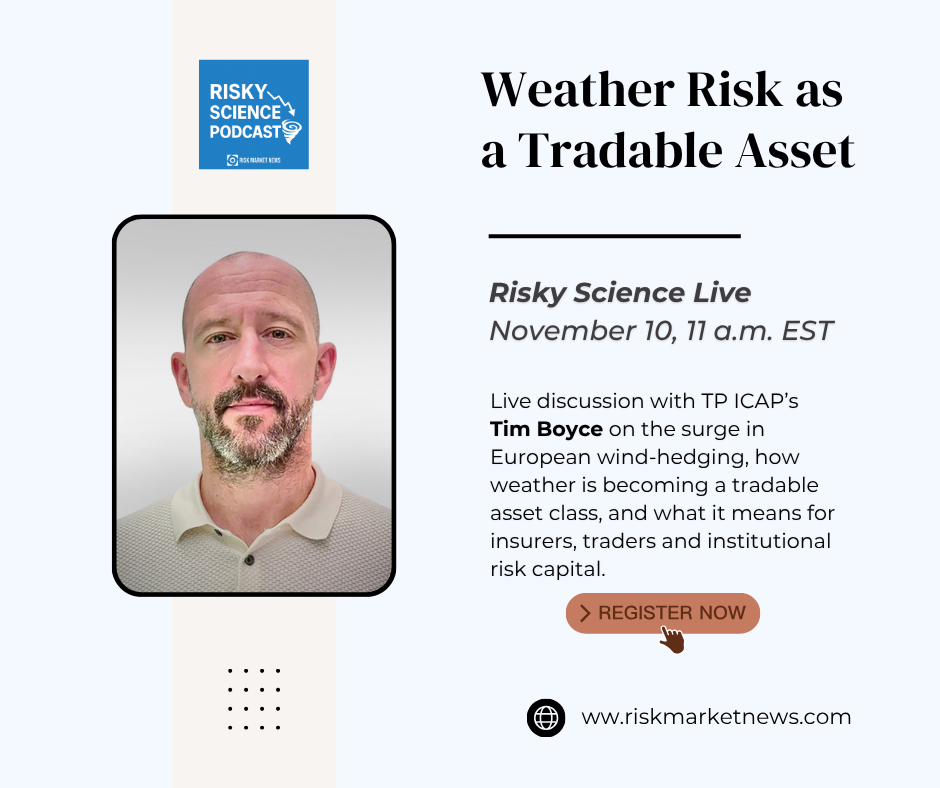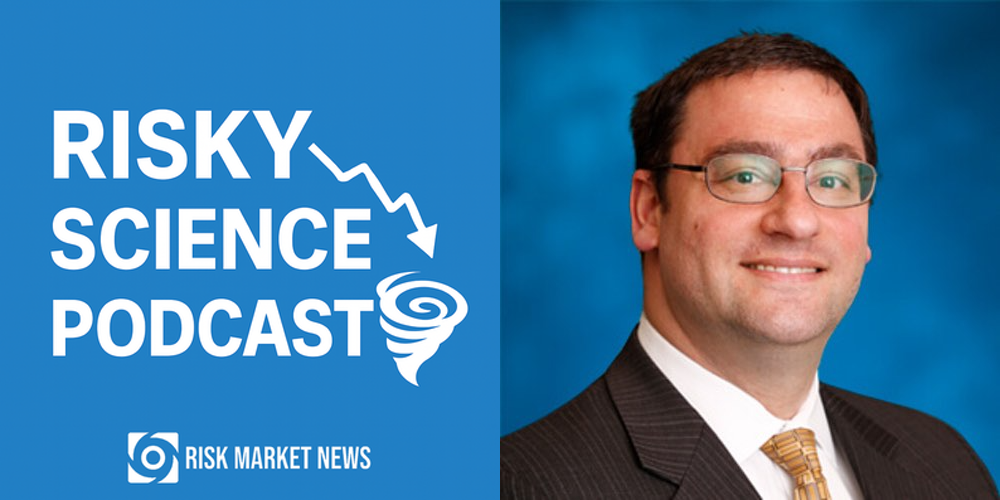- Federal Wildfire Bill Seeks to Align Modeling With Private Insurance Market Access
Federal wildfire legislation advances with a first-of-its-kind mandate to align government fire modeling with private insurance market availability.
- Insurers Hardwire Private Yield, Shift Public Assets to Liquidity “Infrastructure”: BlackRock
Insurers are no longer “rotating” into private markets — they are structurally rewiring around them, BlackRock’s 2025 survey makes clear.
- As Travelers Leans Into AI Risk Selection, Wall Street Worries About Premium Growth
Travelers' $1.5 billion annual technology investment is powering AI-driven underwriting that delivered solid results , but analysts question whether the company's risk selection is coming at the cost of premium growth.
- Conservative Group Calls on Federal Agencies to “Renounce” First Street Flood Models
Weeks after launching a “woke alter”against insurer Chubb the same group has turned its sights on First Street and its flood risk models.


U.S. insurers are generating solid returns after nearly five years of compounding rate increases — yet investor sentiment is “really, really negative… near the lower tail” of historical price-to-earnings multiples, says KBW’s Meyer Shields.
Despite the market skepticism, profitability is strong across multiple lines.
“Property catastrophe reinsurance in particular [is] generating tremendous profits right now,” he noted, thanks to a mostly silent 2025 hurricane season.
Workers’ compensation is also performing “fantastic… mostly from revised loss estimates for prior years.” Personal auto has swung from COVID over-earnings to inflation pain and now back to strength as carriers push through higher rates.
AI as a Real Profit Engine — Eventually
Shields believes AI will ultimately show up in earnings. “We’re moving past the, ‘oh, one day this will be great,’ and getting to the point where people say, okay, we’re using this now.” The outcome, if it works, will be “more accurate and more efficient, faster” underwriting and claims — though the timing remains uncertain.
Property Cat Discipline Is Structural, Not Cyclical
Shields traces the turning point to January 1, 2023, when reinsurers sharply raised attachment points — “probably in the neighborhood of forty to fifty percent.” Reinsurers have intentionally exited “day-to-day smaller losses,” pushing secondary perils like hail and tornadoes back to primary insurers — and those insurers are in turn passing risk to policyholders via higher deductibles and actual-cash-value reimbursements.
A Market Rewarding Sophistication and Scale
Shields expects larger carriers to gain share: “The big insurance companies are getting bigger… leveraging their size, their skill, the sophistication of their analytical capabilities.” Smaller regionals may struggle to compete — but he rejects the idea that risk is aggregating dangerously: “If instead of 3,000 companies we go to 2,000… and they’re all really smart, I think that risk can be appropriately managed.”
What He’s Watching Next
The key signal heading into earnings is clear: “Underwriting results… because for the most part that actually tells us where pricing is gonna go.” If reserve strengthening re-emerges — particularly in casualty — rate momentum returns. If not, competitive pressure follows.
🎙️ Get the full episode of the podcast on your favorite player here





